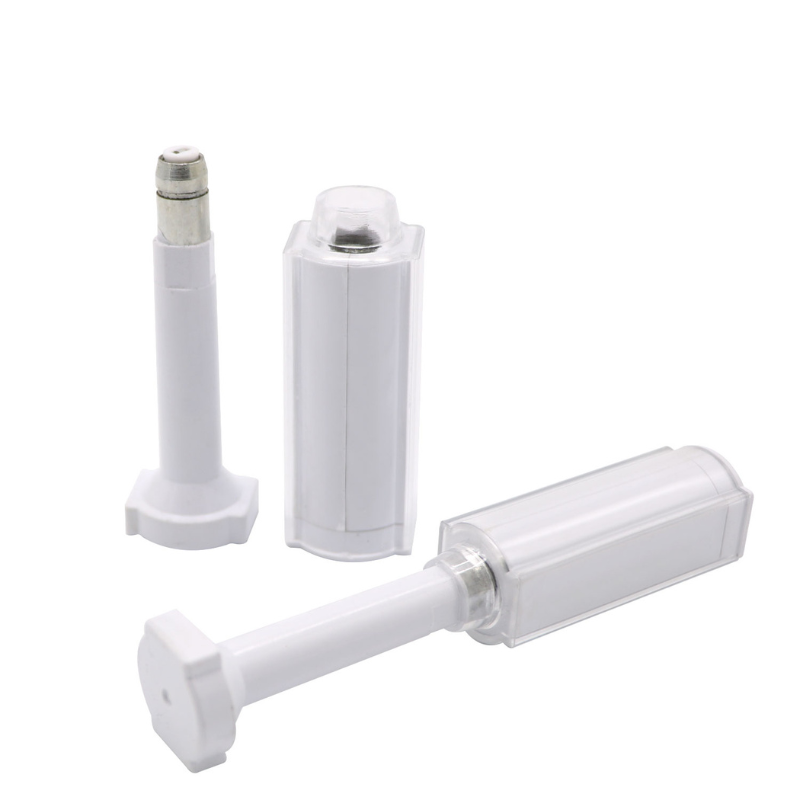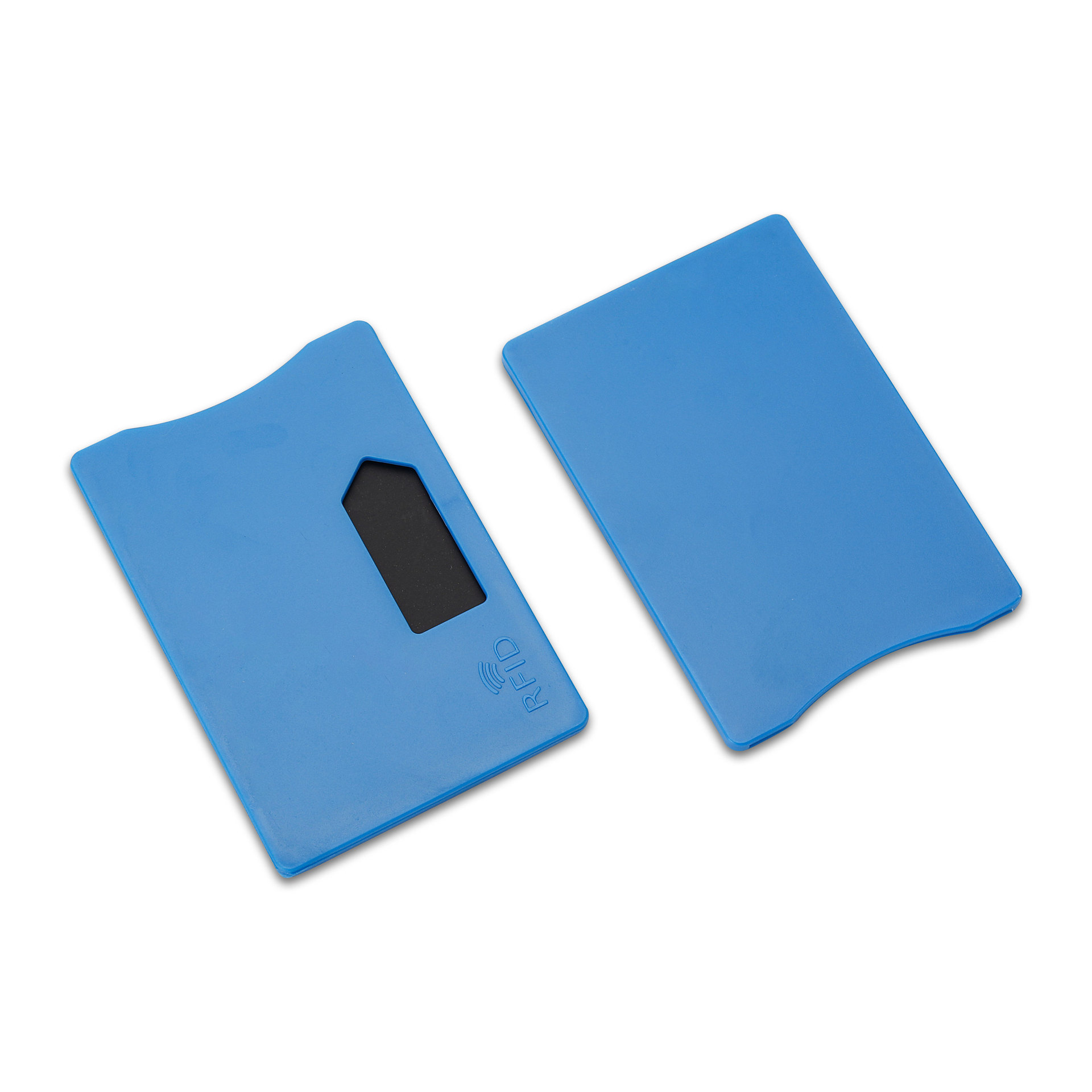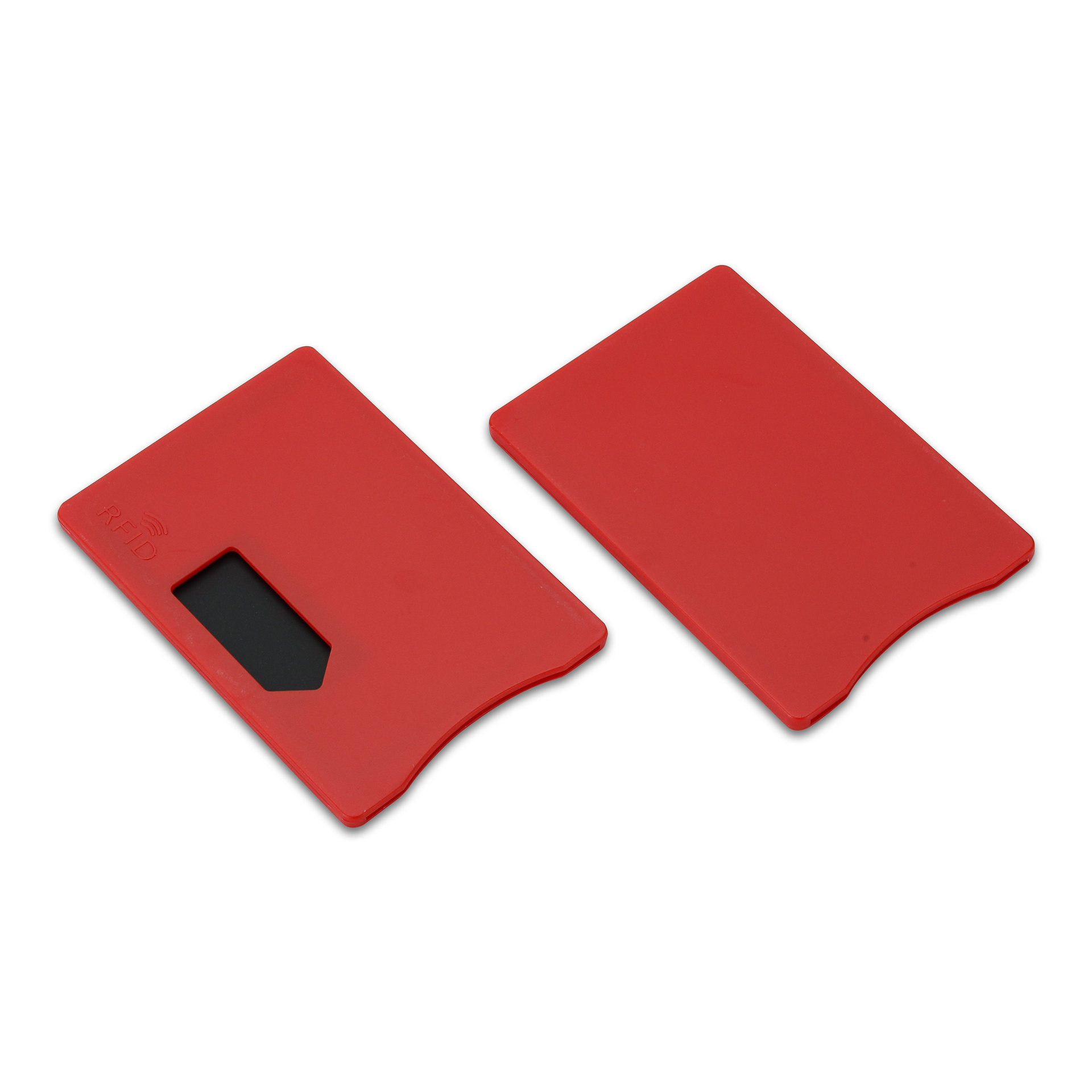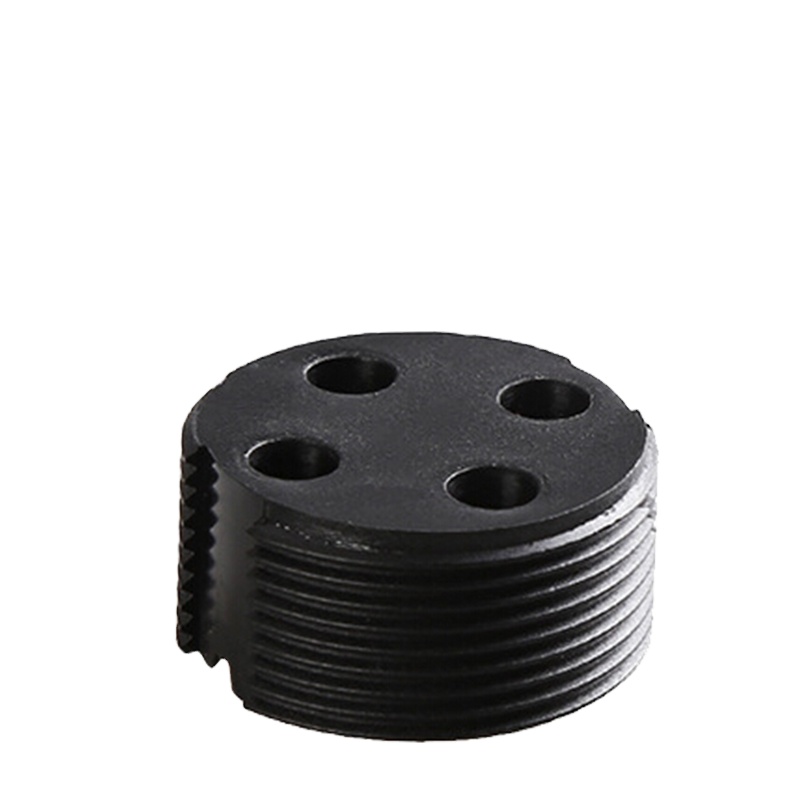
Hvad er forskellen mellem RF- og RFID-tags?
Indholdsfortegnelse
Forskellen mellem RF- og RFID-tags: Definitioner, teknologi og anvendelser i lagerhåndtering
Disse udtryk bruges dog ofte i flæng, hvilket skaber forvirring om deres egentlige betydning og forskelle. At forstå forskellen mellem RF og RFID hjælper virksomheder med at optimere driften, forbedre effektiviteten og foretage smartere teknologiinvesteringer.
Denne vejledning forklarer, hvordan RF-teknologi og RFID tags hvordan de fungerer, hvordan de adskiller sig, og hvorfor RFID-teknologi er ved at transformere moderne forsyningskæder.

Hvad er RF-teknologi, og hvordan fungerer den?
RF (Radio Frequency) henviser til brugen af elektromagnetiske radiobølger til trådløs transmission af data. Det danner grundlaget for flere trådløse kommunikationssystemer, herunder RFID-teknologi, Wi-Fi og Bluetooth.
Nøglekomponenter i RF-teknologi:
- Sender og modtager: Genererer og opfanger radiosignaler.
- Frekvensområde: Fungerer fra nogle få kilohertz (kHz) til gigahertz (GHz), afhængigt af anvendelsen.
- Anvendelser: Anvendes ofte i kommunikationssystemer, garageportfjernbetjeninger, trådløse mikrofoner og sikkerhedssystemer.
Kort sagt udgør RF-teknologi den trådløse rygrad, der muliggør identifikation, kommunikation og dataudveksling — og RFID-teknologi er en af dens mest specialiserede anvendelser.
Hvad er RFID, og hvordan virker det?
RFID (Radio Frequency Identification) bygger på RF-teknologi, der muliggør trådløs identifikation og sporing af mærkede objekter.
Et RFID-system består af:
- RFID tags
- RFID-læser
- Antenne og softwaresystem
Sådan fungerer RFID-teknologi:
- Læseraktivering: RFID-læser sender et radiosignal via en antenne.
- Tag-respons: RFID-taget opfanger energi fra dette signal og sender de lagrede data.
- Datafangst: Læseren modtager tagets svar og overfører data til en central database eller et lagerstyringssystem (WMS).
I modsætning til stregkoder kræver RFID-tags ikke scanning i synsfeltet, hvilket gør det muligt at læse flere tags samtidigt og forbedrer effektiviteten i travle miljøer.
Forskellen mellem RF og RFID
Mens RF repræsenterer den bredere kategori af trådløs kommunikation, er RFID en specifik implementering af RF-teknologi, der er designet til identifikation af genstande og sporing af data.
| Feature | RF | RFID |
|---|---|---|
| Definition | Generel anvendelse af radiobølger til trådløs datatransmission | Anvendelse af RF til identifikation og sporing af objekter |
| Hovedkomponenter | Sender og modtager | Tags, læsere, antenner og administrationssoftware |
| Kommunikationstype | Grundlæggende signaloverførsel | Tovejsidentifikation og dataudveksling |
| Ansøgninger | Radioer, fjernbetjeninger, Wi-Fi, sikkerhedssystemer | Lagerstyring, logistik, detailhandel, adgangskontrol |
| Datafunktionalitet | Overfører rå signaldata | Overførsler af lagret digital information knyttet til fysiske aktiver |
Sådan fungerer RFID-tags
RFID-tags er miniatureenheder, der gemmer og sender data til en RFID-læser. Hver tag indeholder:
- Mikrochip (IC): Gemmer unikke identifikationsdata.
- Antenne: Modtager energi og sender signaler.
- Substrat/indlæg: Beskytter interne komponenter.
Når en tag kommer ind i feltet for en RFID-læser, sender den data såsom et unikt ID eller produktkode, hvilket giver realtidsoversigt over lager- eller forsyningskædeoperationer.
Typer af RFID-tags
1. Passive RFID-tags
- Strømkilde: Intet internt batteri; strømforsynes af læserens signal.
- Rækkevidde: Fra få centimeter til flere meter.
- Anvendelsesområder: Detailhandel, lagerstyring og mærkning på vareniveau.
2. Aktive RFID-tags
- Strømkilde: Indbygget batteri til kontinuerlig signaloverførsel.
- Rækkevidde: Op til 100 meter eller mere.
- Anvendelsesområder: Køretøjssporing, flådestyring, overvågning af store aktiver.
Valget mellem aktive og passive RFID-tags afhænger af dine krav til rækkevidde, tagets levetid og dit budget.
Anvendelse af RFID-teknologi i lagerhåndtering
RFID-teknologi transformerer lager- og forsyningskædeoperationer ved at sikre automatisering, nøjagtighed og gennemsigtighed.
Vigtige lagerapplikationer:
- Lagerstyring: Realtidsoversigt over lagerbeholdninger og varernes placering.
- Dock Management: Sporer varer, når de kommer ind og ud af faciliteterne.
- Sporing af aktiver: Sikrer ansvarlighed og sporbarhed af værdifulde genstande.
- Operationel effektivitet: Reducerer manuelle scanningsfejl og arbejdsomkostninger.
“Lager, der bruger RFID-tags, kan behandle op til 20 gange flere lagerbevægelser sammenlignet med stregkodesystemer.”
RFID vs NFC: Beslægtede, men forskellige
Begge NFC (nærfeltskommunikation) og RFID bruger RF-teknologi, men de adskiller sig i rækkevidde, formål og kommunikationskapacitet.
| Feature | RFID | NFC |
|---|---|---|
| Rækkevidde | Lang rækkevidde (op til 100 meter) | Kort rækkevidde (op til 10 cm) |
| Strømkilde | Aktiv eller passiv | Kun passiv |
| Dataudveksling | Envejs | Tovejs (peer-to-peer) |
| Ansøgninger | Lagerstyring, logistik, sporing af aktiver | Mobilbetalinger, ID-verifikation, smart adgang |
NFC kan betragtes som en specialiseret undergruppe af RFID-teknologien, der er ideel til sikker dataudveksling over korte afstande, mens RFID-tags dominerer inden for industriel sporing og logistik.
RF's rolle i sikkerhedssystemer (EAS-integration)
Elektroniske artikelsikringssystemer (EAS) bruger ofte RF-tags til at forhindre tyveri i detail- eller lagermiljøer.
Sådan fungerer RF-tag-sikkerhed:
- Placering af mærke: Et RF-mærke fastgøres til varen.
- Detektion: Sikkerhedsporte scanner efter aktive tags ved udgangene.
- Advarsel: Hvis et aktivt mærke passerer, udløser systemet en alarm.
Ved at integrere RFID-teknologi opnår EAS-systemer forbedret detektionsnøjagtighed og automatisering ved kassen eller ved forsendelse.

Ofte stillede spørgsmål
Hvad er den største forskel mellem RF og RFID?
RF henviser til generel trådløs kommunikation ved hjælp af radiobølger. RFID er en specifik type RF-teknologi, der bruges til sporing og identifikation via RFID-tags og -læsere.
Kan RFID erstatte stregkoder i lagerhåndtering?
Ja. RFID-tags kræver ikke direkte synsfelt, giver hurtigere datafangst og er mere holdbare end traditionelle stregkoder.
Er RF-tags og RFID-tags indbyrdes udskiftelige?
Nej. RF-tags er enklere og bruges hovedsageligt i tyverisikringssystemer. RFID-tags er mere avancerede og bruges til sporing og dataudveksling.
Hvordan fungerer en RFID-tag?
En RFID-læser sender et signal, tagget svarer med lagrede data, og systemet logger det automatisk – ideelt til realtidslagerstyring.
Konklusion
RF-teknologi er det trådløse fundament for moderne kommunikation, mens RFID-teknologi bygger videre på dette for at muliggøre intelligente, automatiserede identifikationssystemer.
- Brug RFID-tags til sporing i realtid, automatisering og nøjagtighed inden for lagerhåndtering og logistik.
- Brug RF-systemer til generelle kommunikations- og sensorapplikationer.
Ved at forstå forskellen mellem RF og RFID kan virksomheder vælge de rigtige værktøjer til at øge effektiviteten, reducere omkostningerne og fremtidssikre deres drift.

Ray Zhou
Denne artikel er skrevet af Ray Zhou, en ekspert i RFID-teknologi med mere end 10 års brancheerfaring.
Kommentarer
Hotte produkter
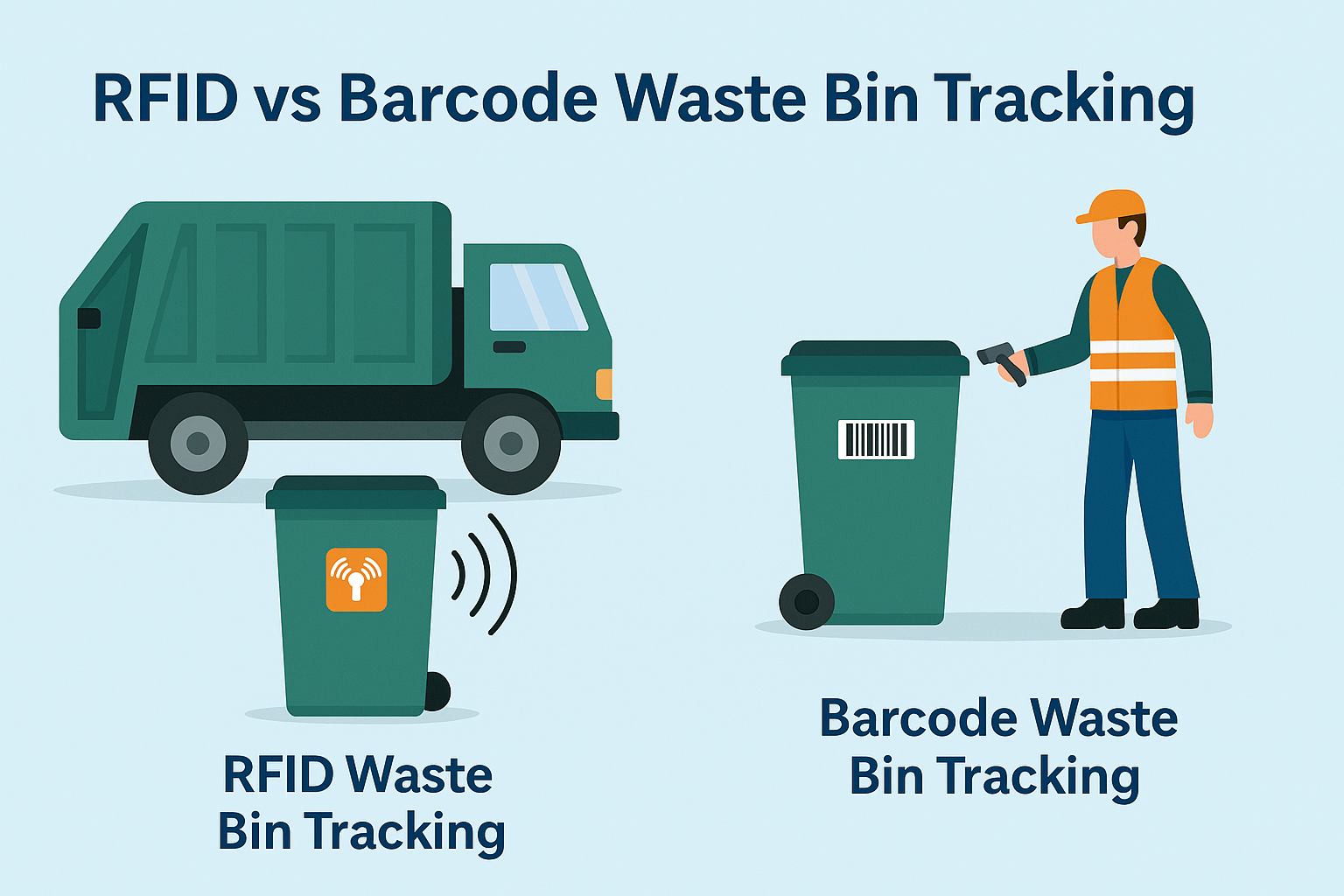
Hvad er RFID-affaldshåndtering?
Forestil dig en by, hvor alle skraldespande taler – ikke bogstaveligt talt – men via en lille chip, der fortæller systemet, når de er fulde, når de er tømt, og hvor de er blevet kørt hen. Det er netop det, RFID-affaldshåndtering gør i dag.
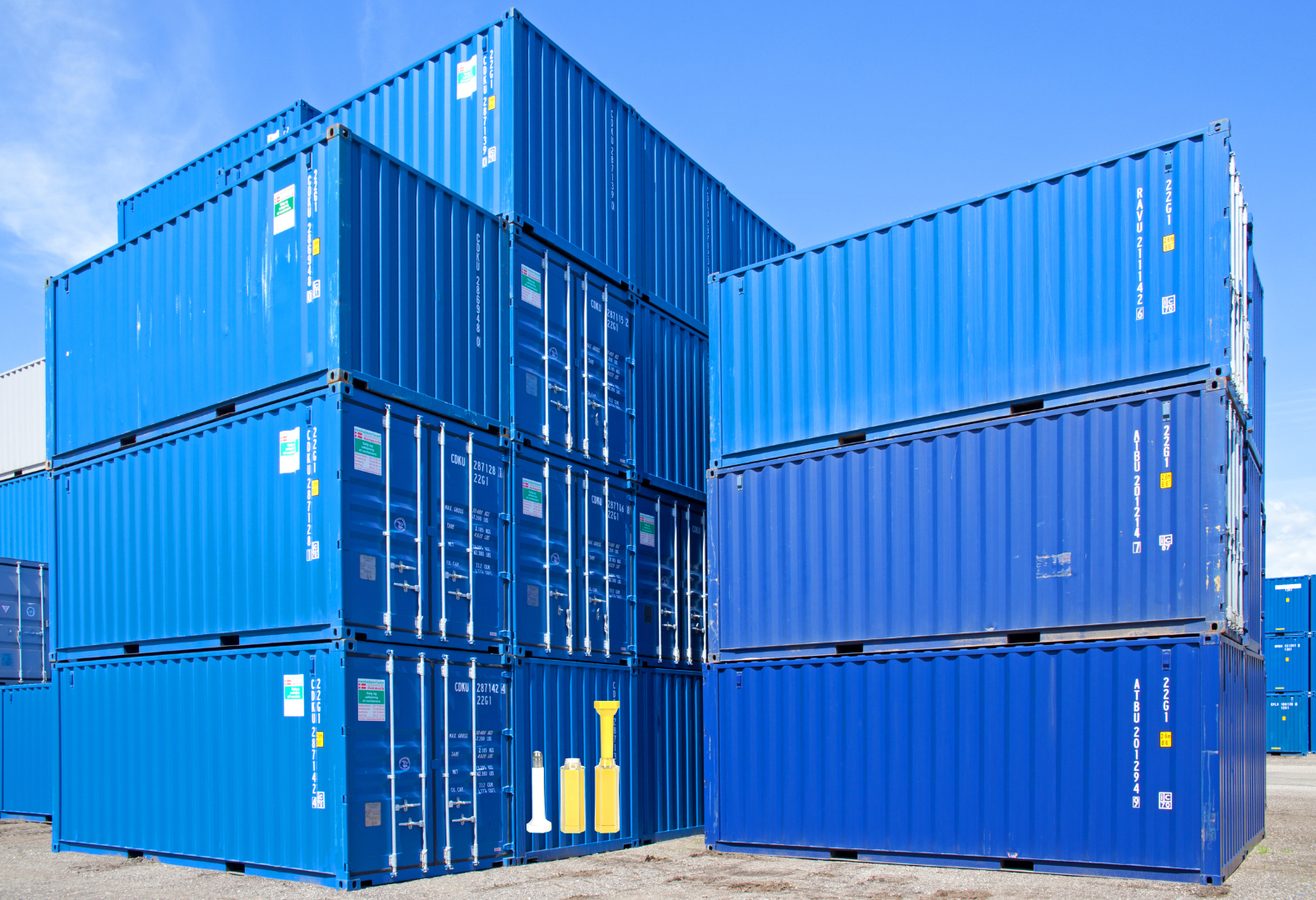
Hvad er boltetætninger og deres anvendelser? | Komplet guide
Inden for global handel og logistik spiller boltforseglinger en afgørende rolle for fragtsikkerhed og compliance. Disse små, men kraftfulde enheder er designet til at låse skibscontainere, trailere og fragtdøre med en mekanisme, der sikrer mod manipulation.

Hvad er en RFID-kortbeskytter? Fordele, brugsscenarier og købsvejledning
RFID-teknologi (Radio Frequency Identification) er overalt: i dine kreditkort, ID-badges, transportkort, hotelværelsesnøgler og meget mere. Det giver hastighed og bekvemmelighed, men det åbner også døren for en ny form for digitalt tyveri kaldet "skimming". Det er her, en RFID-kortbeskytter kommer ind i billedet.

RFID-armbånd til events: Guide til storkøb for arrangører
RFID-armbånd til events er ved at blive løsningen for arrangører, der har brug for hurtigere adgang, forebyggelse af svindel og kontantløse betalinger ved koncerter, festivaler og sportsarenaer. I modsætning til papirbilletter eller QR-koder bruger disse smarte armbånd indbyggede chips til at strømline adgangen, sikre transaktioner og forbedre gæsteoplevelsen.
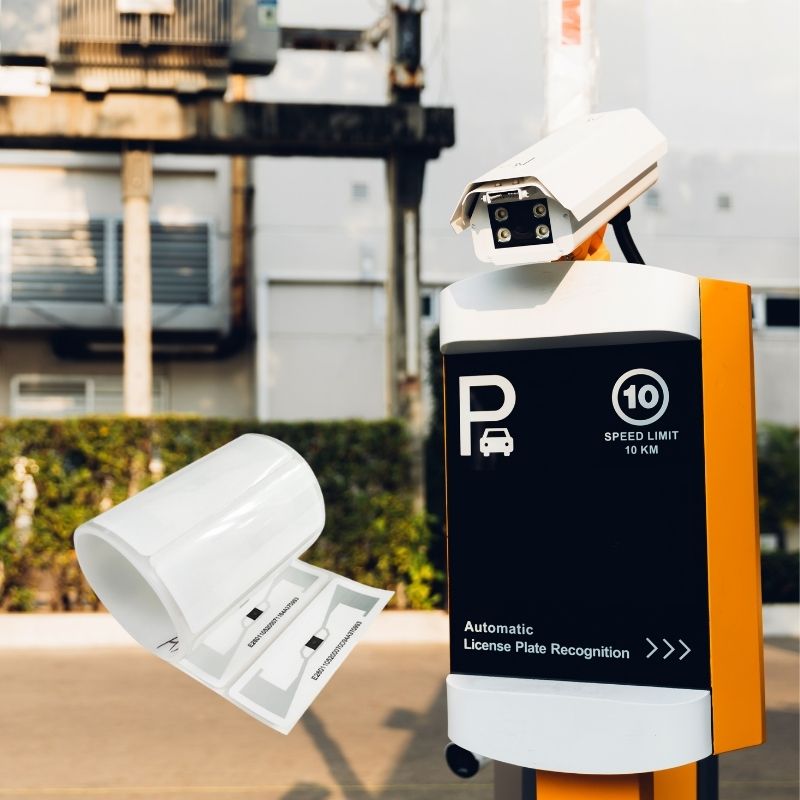
Hvordan RFID-tag på forruden forbedrer adgangskontrol til køretøjer og bompengesystemer
I dagens tempofyldte verden skal identifikation af køretøjer være hurtig, sikker og kontaktløs. Et RFID-tag på forruden giver præcis det - en pålidelig måde at styre opkrævning af bompenge, parkering og adgang til gates på uden at standse køretøjerne.
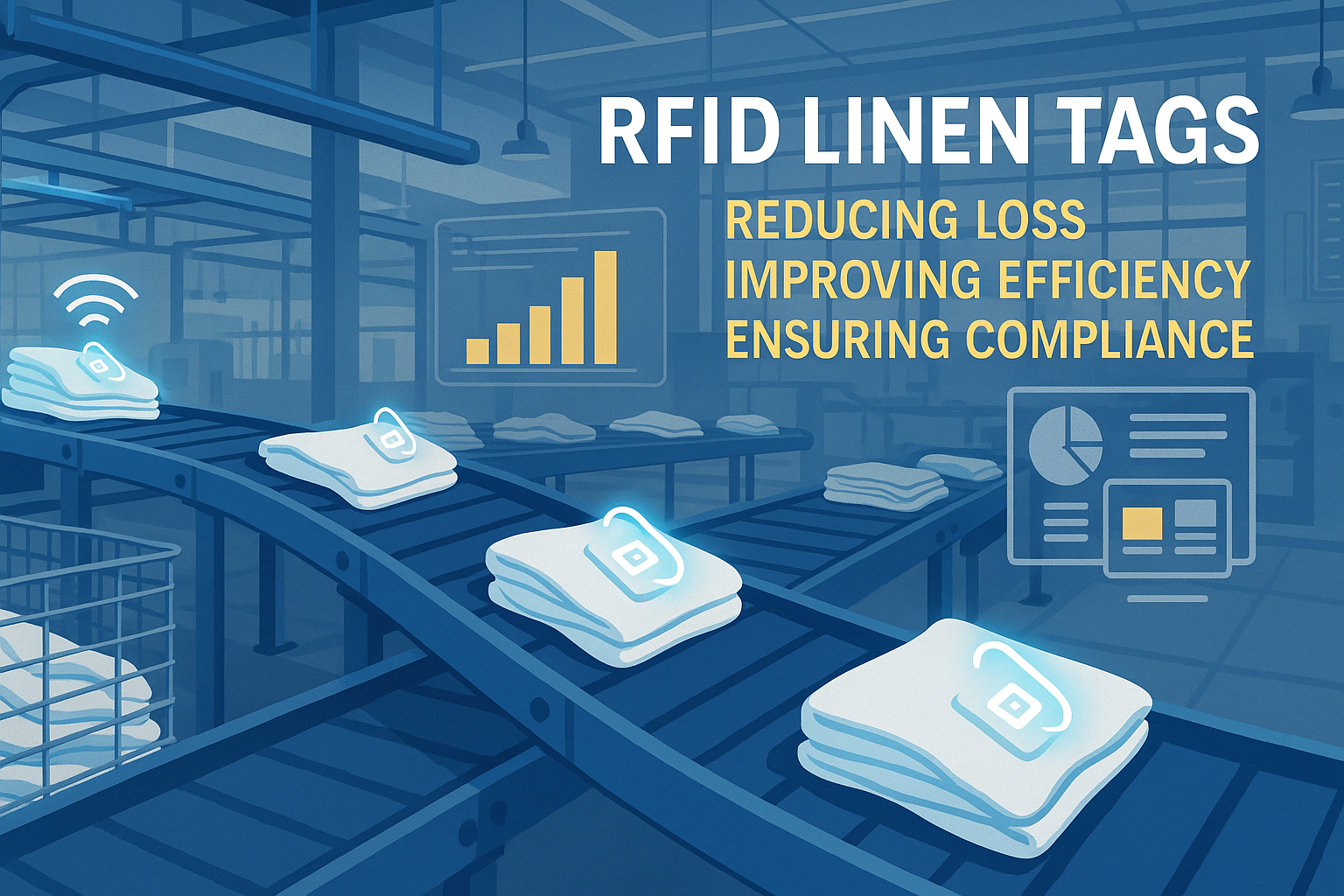
Fordelene ved RFID-linnedtags i kommercielle vaskerier
Det er et stort arbejde at styre vaskeriet på hospitaler, hoteller eller store vaskerier. Hver dag bliver tusindvis af lagner, håndklæder og uniformer vasket, sorteret og sendt ud igen. Men problemer som tabt sengetøj, fejlsortering og manuel optælling kan koste virksomhederne mange penge. For eksempel kan mellemstore hoteller miste over $200.000 hvert år på grund af manglende linned.
Det er her, RFID-linnedtags kommer ind i billedet.
Tags
RELATEREDE BLOGS

Hvad er RFID-affaldshåndtering?
Forestil dig en by, hvor alle skraldespande taler – ikke bogstaveligt talt – men via en lille chip, der fortæller systemet, når de er fulde, når de er tømt, og hvor de er blevet kørt hen. Det er netop det, RFID-affaldshåndtering gør i dag.

Hvad er boltetætninger og deres anvendelser? | Komplet guide
Inden for global handel og logistik spiller boltforseglinger en afgørende rolle for fragtsikkerhed og compliance. Disse små, men kraftfulde enheder er designet til at låse skibscontainere, trailere og fragtdøre med en mekanisme, der sikrer mod manipulation.

Hvad er en RFID-kortbeskytter? Fordele, brugsscenarier og købsvejledning
RFID-teknologi (Radio Frequency Identification) er overalt: i dine kreditkort, ID-badges, transportkort, hotelværelsesnøgler og meget mere. Det giver hastighed og bekvemmelighed, men det åbner også døren for en ny form for digitalt tyveri kaldet "skimming". Det er her, en RFID-kortbeskytter kommer ind i billedet.

